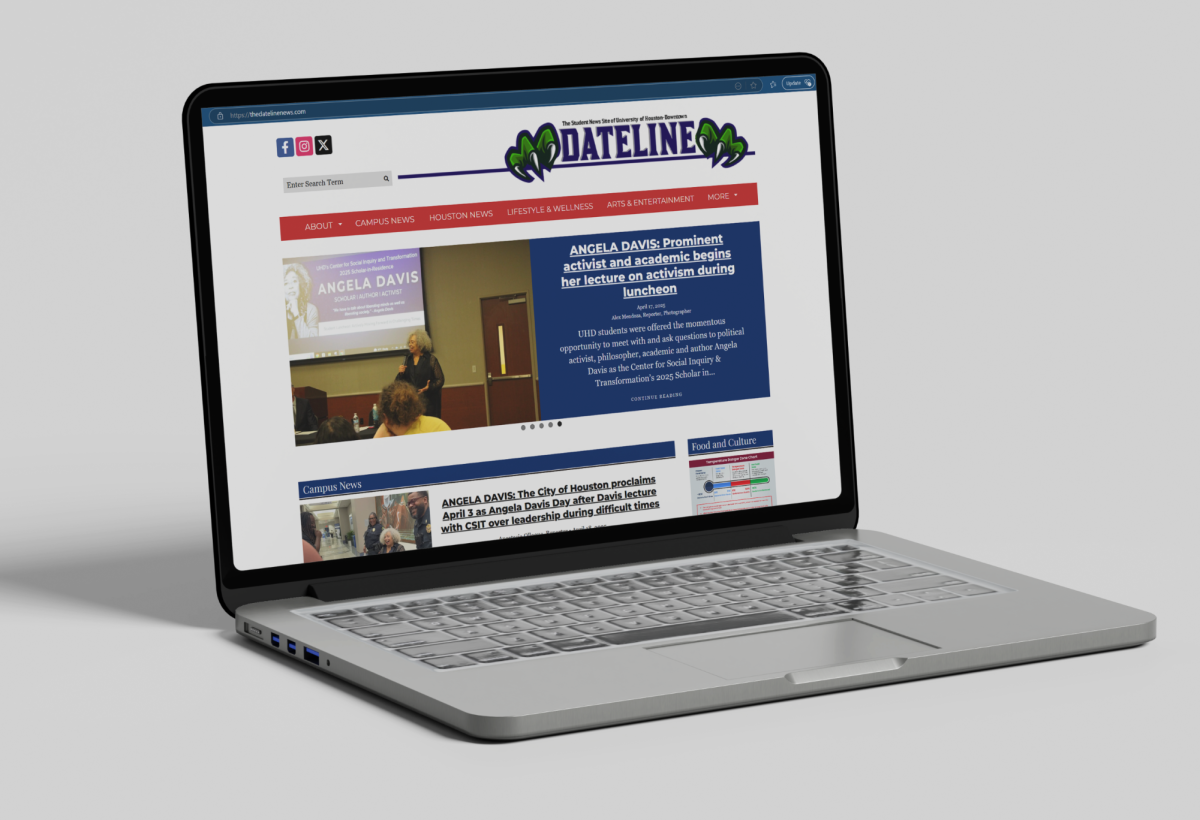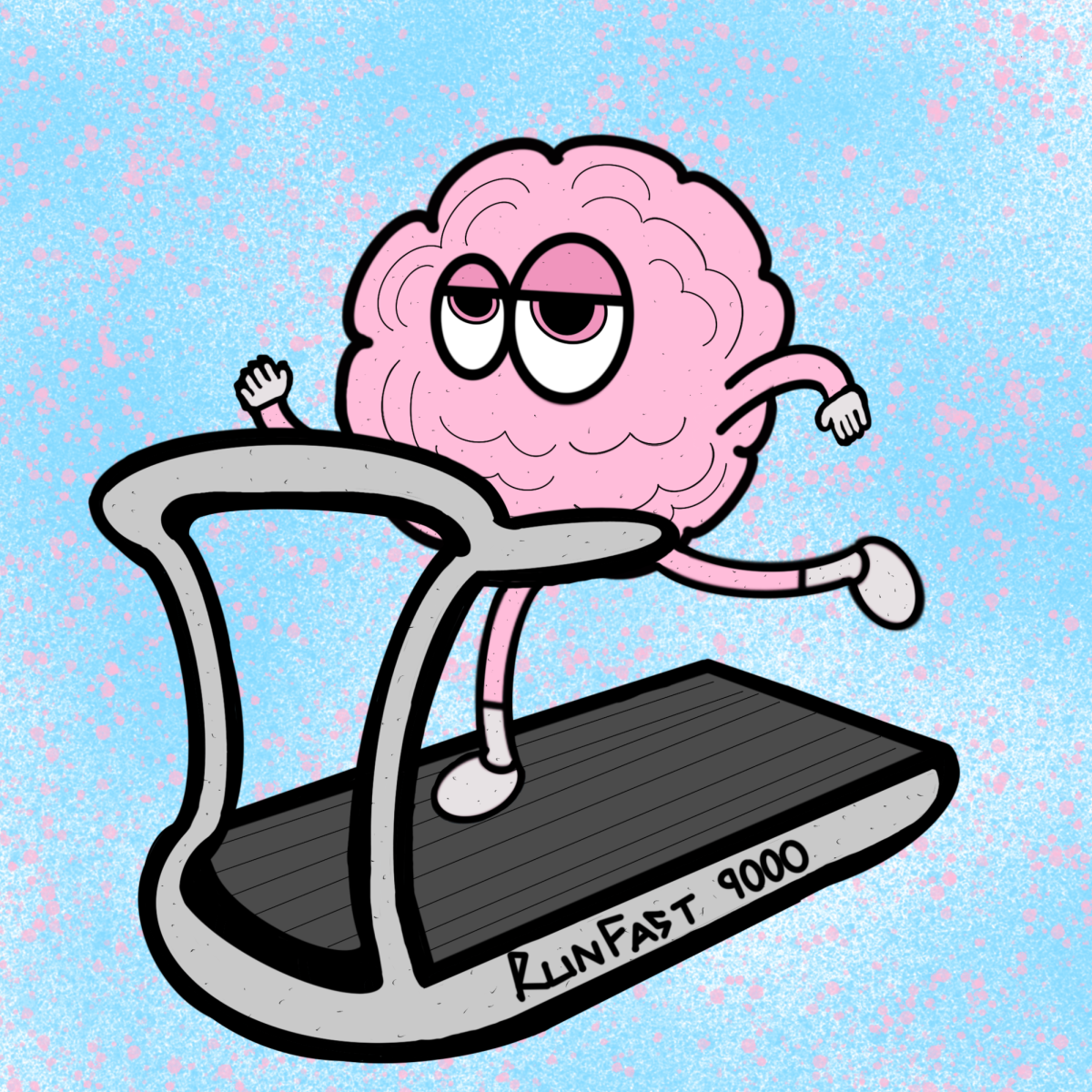College students today face an unprecedented array of textbook access options, from traditional print volumes to interactive digital platforms, as educational publishers adapt to changing learning preferences and economic pressures. Recent data show that fewer than 10 percent of college courses now require physical textbooks solely, down from 20 percent two years ago, signaling a dramatic shift in how students acquire and interact with course materials.
The transformation has accelerated post-pandemic, with institutions investing federal relief funds in digital curriculum platforms and devices. This shift represents more than convenience—it reflects fundamental changes in how educational content is created, distributed, and consumed across American higher education.
The Digital Transformation
The textbook landscape has undergone rapid digitization, with 92 percent of college courses using digital materials in some form by the 2023-24 academic year. This transformation extends beyond higher education, as 77 percent of high school courses now use digital textbooks, preparing incoming college students for predominantly digital learning environments.
Digital textbooks offer significant cost advantages, typically costing 30-50 percent less than physical copies. For students facing rising education costs, these savings prove substantial. The average college student now spends $285 per year on course materials, down from $339 the previous year, largely due to increased adoption of digital alternatives and rental options.
The financial impact extends beyond individual purchases. Students at four-year colleges are estimated to spend $1,290 on books and supplies for the 2024-25 school year, according to College Board data. However, actual spending often falls significantly below these institutional estimates due to cost-saving strategies.
However, the transition comes with trade-offs. Educational technology platforms require students to navigate multiple interfaces, each with unique features and learning curves. Publishers like Pearson, McGraw-Hill, and Cengage have developed proprietary platforms that integrate textbooks with interactive elements, assignments, and assessments.
The quality of digital learning materials varies greatly, making it difficult for learners to evaluate the credibility and accuracy of online sources. Additionally, digital formats can create new barriers, as access codes bundled with textbooks often cannot be shared or resold, limiting options for cost-conscious students.
The Learning Effectiveness Debate
Research reveals complex relationships between format and comprehension. Students retain more details when studying from printed text rather than a screen, particularly for lengthy content. A comprehensive review found that if you are reading something lengthy – more than 500 words or more than a page – your comprehension will likely take a hit if you’re using a digital device.
The phenomenon stems from both the physical and mental demands of screen reading. Students experience fatigue from scrolling, screen glare, and the constant temptation of digital distractions. Social media, email, and web browsing compete for attention during study sessions, fragmenting focus and reducing deep learning processes.
Studies indicate students often overestimate their digital learning effectiveness. After answering comprehension questions, 69% said they believed they had performed better after reading on a computer, despite evidence suggesting otherwise. This “illusion” occurs because students move more quickly in that digital medium, equating speed with understanding.
Physical books encourage the development of deep reading processes, including empathy and critical analysis. When reading on screens, students tend to skim, word-spot, browse, and scroll rather than engage in slower, deeper processing of language that builds comprehension skills.
Despite these concerns, faculty perspectives remain divided. Nearly half (41 percent) believe physical textbooks are better for learning, while 81 percent think digital textbooks offer students more flexibility. Faculty awareness of these learning differences has increased, although institutional pressure toward digital adoption continues.
Emerging research in mathematics education suggests potential benefits of digital formats when properly designed. Recent studies show students can benefit from digital textbook features, especially compared to the use of comparable printed materials, particularly when interactive tools and feedback mechanisms are integrated effectively. The key lies in thoughtful implementation rather than simple format conversion.
Purchase vs. Rental Economics and Open Educational Resources
The rental market has fundamentally altered textbook economics. Students can save up to 88 percent by choosing rental options for some titles. For example, the latest edition of the PPI FE Civil Review is selling for $147 when purchased new, while a 90-day rental costs as little as $26.
Major rental services include Amazon, Barnes & Noble, Campus Book Rentals, and eCampus, each offering different terms and return policies. Some allow highlighting and note-taking, while others impose strict condition requirements that can result in additional fees.
Rental advantages extend beyond cost savings. Renting textbooks is always cheaper than buying textbooks and usually cheaper than buying and then reselling used books. The resale market offers limited recovery potential, with students often receiving about $15 for a book they spent $100 on.
However, rentals impose limitations. Students cannot highlight extensively, must return books in acceptable condition, and lose access after rental periods expire. Access codes for digital platforms typically cannot be used with rental books, potentially requiring separate purchases.
Open Educational Resources represent another cost-cutting approach. Faculty awareness and use of OER grew from 5 percent in 2015-2016 to 22 percent in 2021-2022, though recent data shows the first decline in OER adoption, with awareness dropping to 56 percent from 64 percent the previous year.
The decline may reflect faculty fatigue with constantly changing educational technology or institutional pressures favoring commercial publishers who provide comprehensive support packages including training, customer service, and integrated learning management system compatibility.
Adult Learners Face Unique Challenges
Returning students encounter distinct obstacles in navigating digital textbook platforms. Many adult learners may lack the digital skills to navigate online learning platforms effectively, requiring additional support and orientation resources.
The challenge extends beyond basic computer literacy. Adult learners often struggle with multiple competing platforms, each requiring separate logins, different navigation systems, and varying feature sets. A single course might require accessing publisher platforms, library databases, learning management systems and video conferencing tools.
Adult learners benefit from structured approaches to digital literacy development. Educational institutions increasingly offer technology orientation modules, tutorials, and ongoing access to support specifically designed for non-traditional students. These programs address both technical skills and confidence-building.
Balancing work, family responsibilities, and education is a complex juggling act that requires significant time management and organizational skills for adult learners, making flexible digital access particularly valuable despite initial learning curves.
The isolation factor compounds these difficulties. Unlike traditional-age students who often study in groups and share technological troubleshooting, adult learners frequently work independently and may hesitate to seek help, viewing technological struggles as personal failures rather than everyday learning experiences.
Recommendations for Adult Learners
Education specialists recommend several strategies for adult students adapting to digital platforms:
- Start with orientation programs: Many institutions provide technology literacy courses specifically for returning students, covering basic navigation and platform-specific features.
- Utilize consistent layouts: Seek programs that maintain standardized interfaces across courses to reduce cognitive load while learning new systems.
- Practice with low-stakes content: Begin with shorter readings or supplementary materials before tackling primary textbooks on digital platforms.
- Establish tech support connections: Identify campus resources, online help desks, or student technology assistants before course difficulties arise.
- Create hybrid approaches: Combine digital access with printed key pages or notes to bridge comfort levels while building digital confidence.
- Leverage mobile options: Nearly 40% of students use laptops for digital reading, while 31% use iPads. Experimenting with different devices can help identify the most comfortable reading experience.
- Build digital study groups: Connect with other adult learners facing similar challenges to share solutions and reduce isolation.
As the textbook market continues evolving, students must weigh cost, convenience, and learning effectiveness when choosing between formats. The evidence suggests no universal solution, with optimal choices varying by individual learning styles, course requirements, and economic circumstances. What remains clear is that digital literacy has become as essential as traditional academic skills in navigating modern higher education successfully.
The transformation represents more than technological change—it reflects shifting educational philosophies toward personalized, accessible learning. For adult learners willing to invest time in digital skill development, these new formats offer unprecedented flexibility and cost savings. However, institutions must continue supporting students through this transition with comprehensive orientation programs, ongoing technical support, and recognition that learning effectiveness depends on thoughtful implementation rather than simple digitization.
Resources For Further Reading
Cost Comparison and Rental Services:
- SlugBooks textbook price comparison: https://www.slugbooks.com/
- CampusBooks rental comparison tool: https://www.campusbooks.com/rental
- NerdWallet textbook cost-saving guide: https://www.nerdwallet.com/article/loans/student-loans/buy-sell-rent-textbooks-online-cheap
Research on Digital vs. Physical Learning:
- The Hechinger Report textbook format study: https://hechingerreport.org/textbook-dilemma-digital-paper/
- Inside Higher Ed faculty perspectives report: https://www.insidehighered.com/news/tech-innovation/digital-publishing/2024/09/05/report-professors-believe-print-textbooks-are
- International Journal of Lifelong Education digital learning research: https://www.tandfonline.com/doi/full/10.1080/02601370.2024.2367395
Adult Learner Support:
- National University distance learning challenges: https://www.nu.edu/blog/challenges-of-distance-learning-for-students/
Industry Statistics and Trends:
- Research.com textbook cost analysis: https://research.com/education/average-college-textbook-cost
- BestColleges textbook statistics: https://www.bestcolleges.com/research/average-cost-of-college-textbooks-statistics/
- College Board trends in college pricing: https://research.collegeboard.org/trends/college-pricing
Digital Learning Platform Research:
- Research.com LMS and eLearning statistics: https://research.com/education/lms-elearning-statistics
- Education Week digital vs. physical book analysis: https://www.edweek.org/teaching-learning/the-case-for-choosing-a-physical-book-over-a-digital-reader/2023/04







